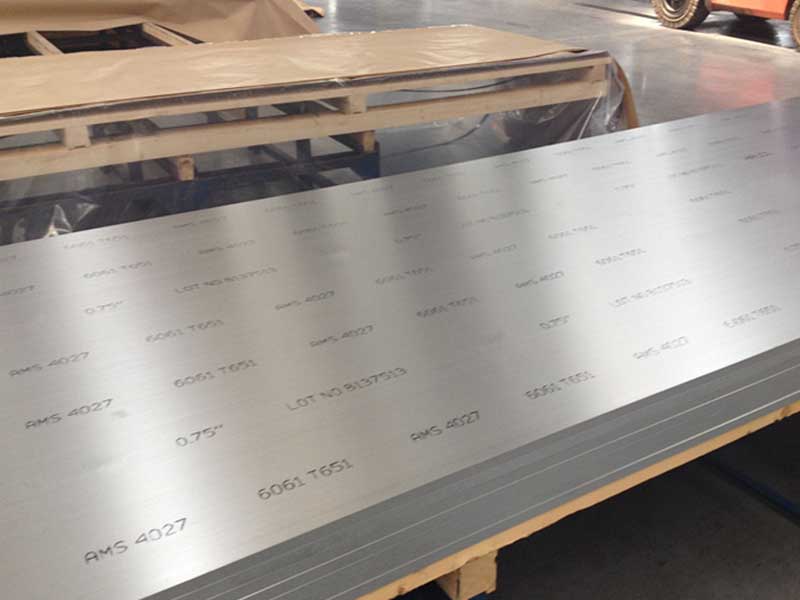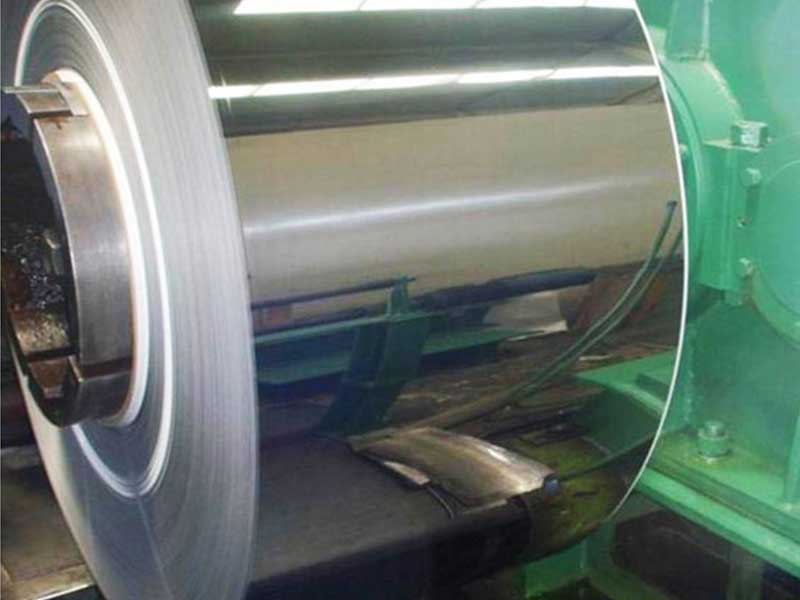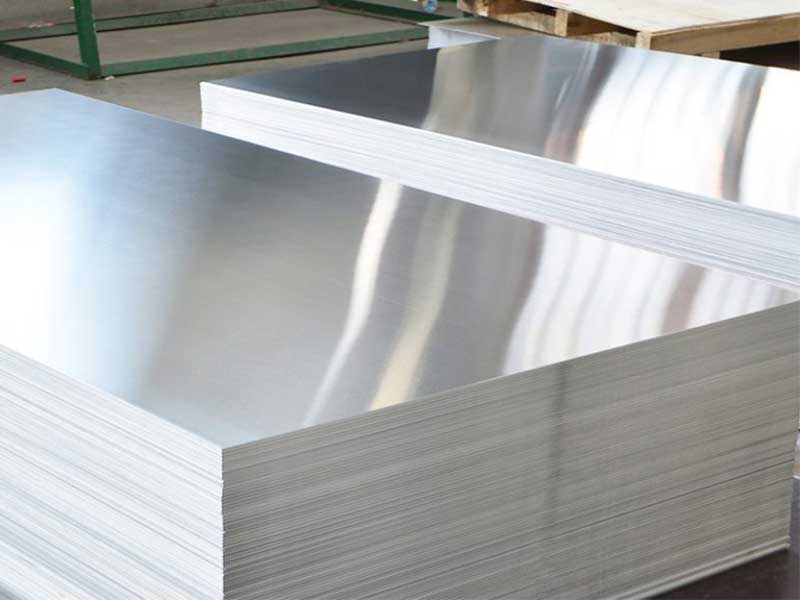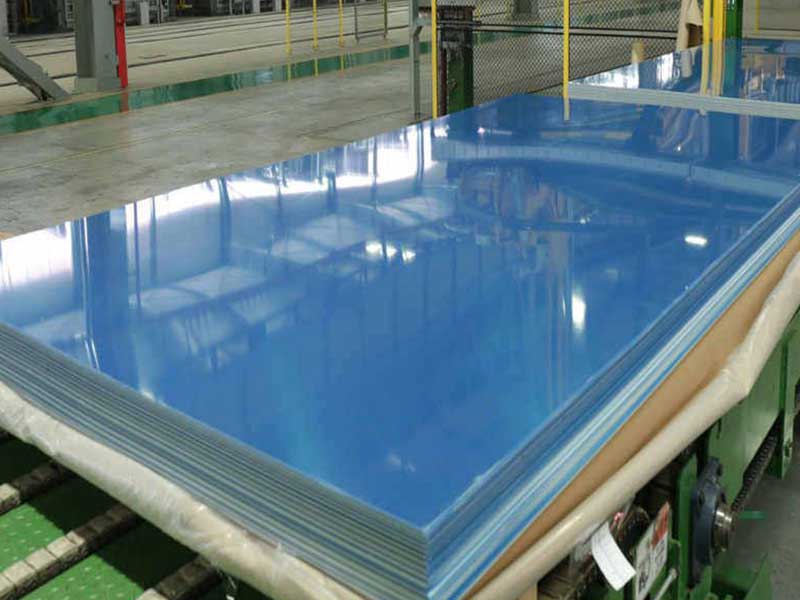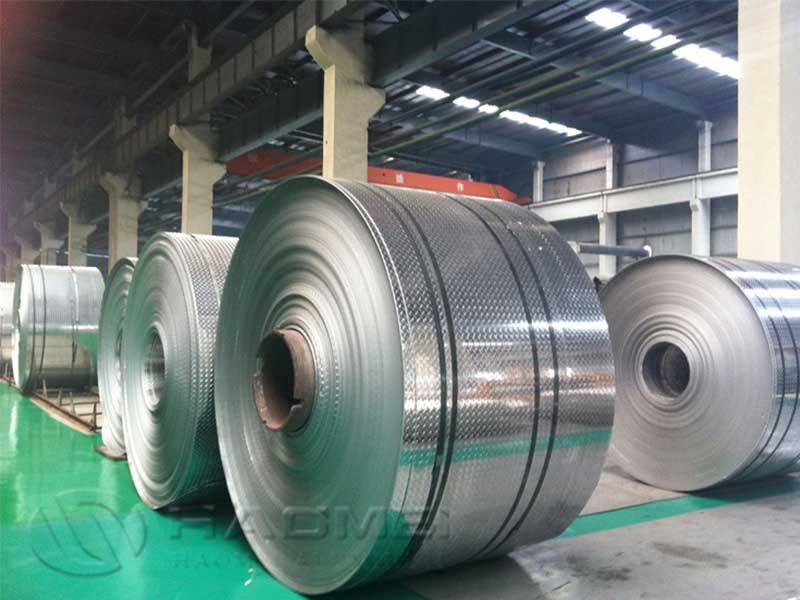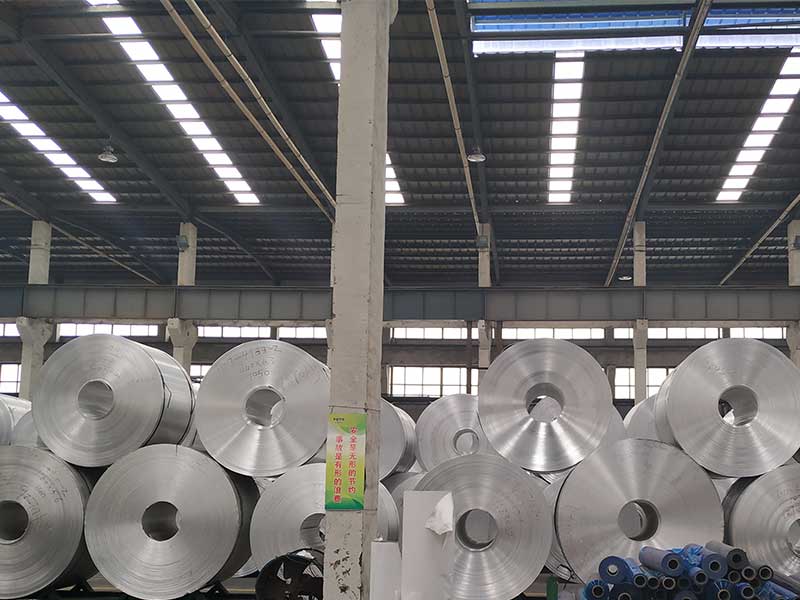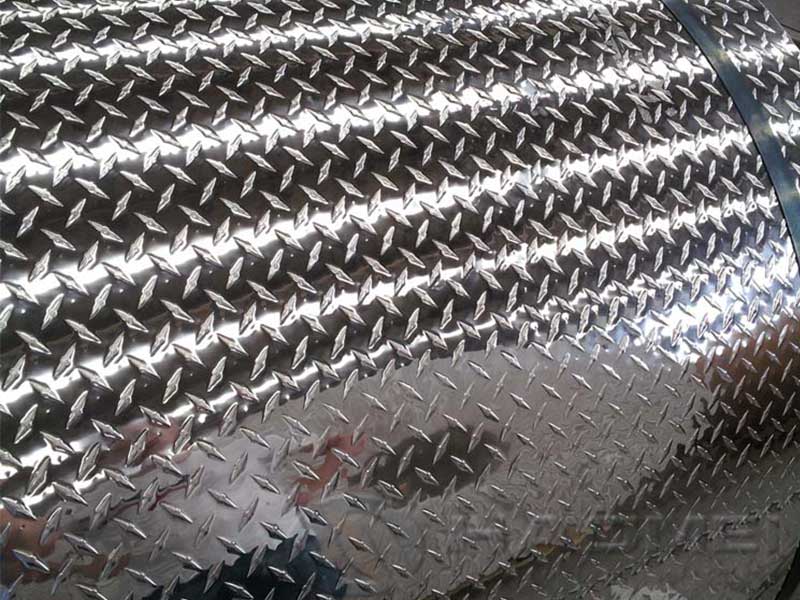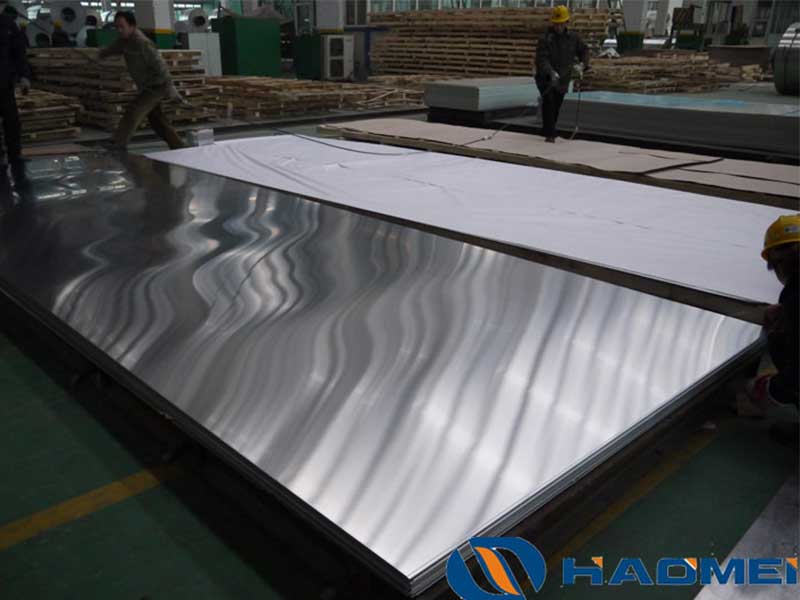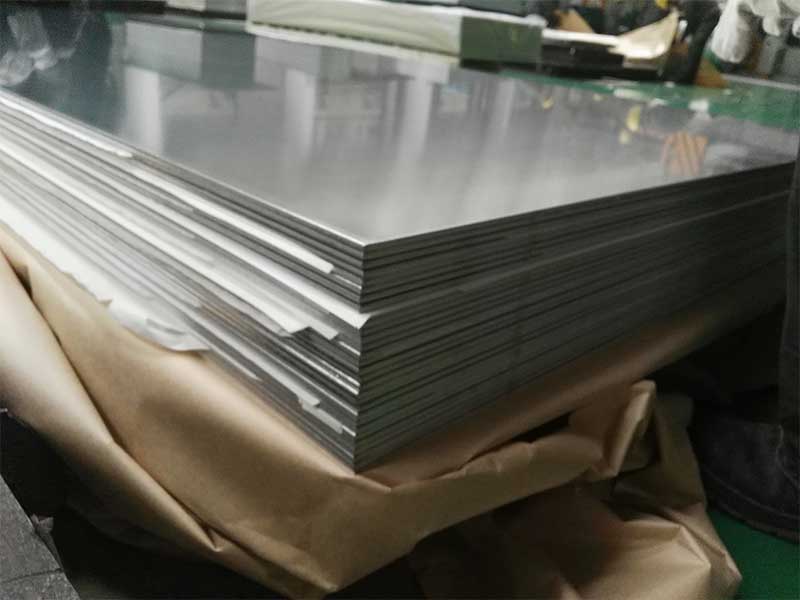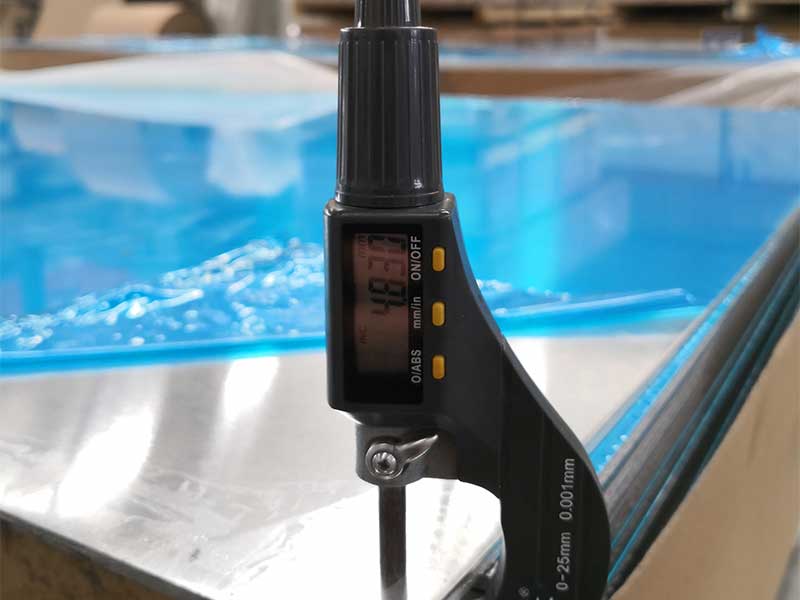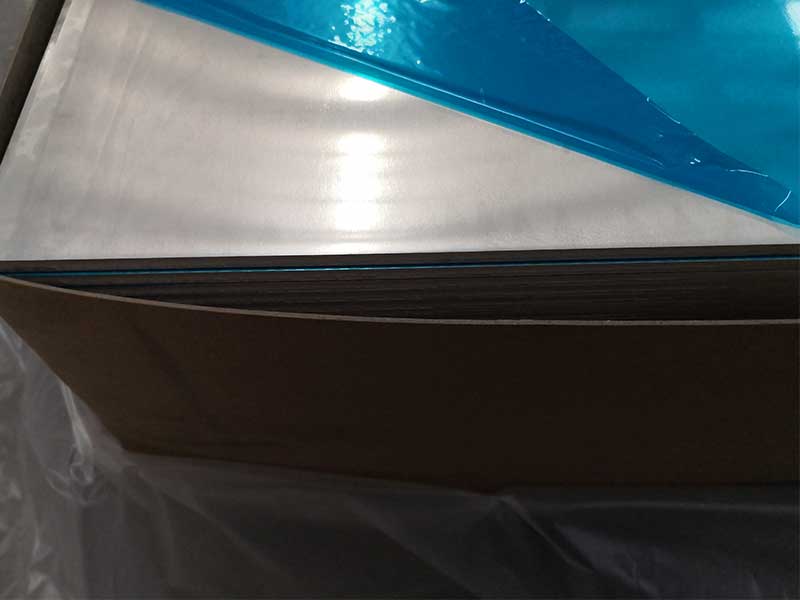The Unsung Hero of EV Battery Cases: 5083 Aluminum Plates
In the race toward sustainable energy solutions, new energy vehicles (NEVs) have emerged as vital players. While much of the industry chatter surrounds futuristic designs and advanced battery technology, the attention often drifts away from the materials that hold these innovations together. One such unsung hero is the 5083 aluminum plate—particularly in its role as a side panel for electric vehicle battery cases.
5083 aluminum plate is a strong contender for new energy vehicle (NEV) battery case side panels due to its excellent combination of strength, weldability, and corrosion resistance. However, from a manufacturing perspective, its formability can be a challenge, especially for complex geometries often found in modern battery pack designs. We've seen instances where achieving tight tolerances and consistent surface finish requires careful control of the forming process, including precise die design and optimized press parameters. Furthermore, the selection of appropriate joining methods – often a combination of welding and adhesive bonding – is crucial to ensure structural integrity and prevent galvanic corrosion. Slight variations in the alloy's composition or heat treatment can significantly impact its mechanical properties, highlighting the need for rigorous quality control throughout the supply chain.
Beyond the technical aspects, cost-effectiveness plays a vital role. While 5083 offers superior performance compared to other aluminum alloys, its price point might necessitate a careful evaluation of material usage. This often leads to design optimization where we explore minimizing material thickness while maintaining structural strength. We've successfully implemented finite element analysis (FEA) simulations to achieve this, allowing us to confidently propose lighter yet robust designs. Furthermore, efficient waste management strategies are to maintaining competitiveness, given the relatively high cost of 5083 aluminum scrap. This necessitates close collaboration with our suppliers and a focus on reducing material waste during the cutting and forming processes.
Robust Durability Meets Lightweight Design
One of the most striking characteristics of 5083 aluminum is its strength-to-weight ratio. Unlike other heavier metals or even some other aluminum grades, 5083 remains lightweight, making it an ideal candidate for electric vehicle designs. With the driving range significantly affected by vehicle weight, 5083 aluminum plates offer a crucial advantage in enhancing efficiency.
The high tensile strength of 5083 aluminum plates (which can reach up to 345 MPa) equips electric vehicle manufacturers with the ability to construct side panels that do not compromise on safety or durability. Battery energy density remains an ever-important discussion point, and reducing the weight of materials utilized while ensuring safety is essential.
Corrosion Resistance: A Vital Advantage
Consider the crucial role of a side panel in an EV’s battery case: It must endure various environmental conditions while keeping the sensitive components secure. 5083 aluminum excels in this domain with unparalleled corrosion resistance, offering a longevity that cannot be trivialized. The combination of aluminum and elements such as magnesium gives 5083 a robust defense against corrosive elements—a necessary feature for EVs functioning in diverse conditions, including extreme temperatures and marine environments.
Thermal Conductivity and Heat Dissipation
Beyond structural fundamentals, another vital aspect of a battery case is thermal management – integral for maintaining optimal battery temperature and efficiency. 5083 aluminum plates boast excellent thermal conductivity, which ensures effective dissipation of heat produced during battery operation. This characteristic not only extends battery life but minimizes the risk of thermal runaway incidents, inherently critical in future electric vehicle designs.
Imagine the ultimate value: batteries that perform effectively long after the vehicle rolls out of the showroom. The use of 5083 aluminum may very well play a pivotal role in achieving this, thus enhancing the user experience for drivers of all backgrounds.
Technological Integration for Enhanced Performance
Recent developments in material science have led manufacturers to develop specialized coatings and finishes to increase the performance of 5083 aluminum even further. Advanced protective treatments can enhance its corrosion resistance and improve its longevity, providing additional safeguards against the intricacies of everyday wear and tear.
Incorporating 5083 aluminum plates into an electric vehicle’s battery case isn’t merely about sticking to traditional materials. It involves embracing the practical fusion of technical specifications and real-world applications that shape user experience.
The Path Forward: Transforming NEVs with 5083 Aluminum
As electric vehicles dominate the future automotive landscape, manufacturers must prioritize innovative materials that are both durable and lightweight. The applications of 5083 aluminum plates for side panels in battery cases present a layer of nuanced performance specifications that enhance vehicle efficiency, safety, and durability.
Transitioning to newer, advanced materials like 5083 aluminum plate reflects a commitment to not just producing a car but fostering a pioneering environment for sustained innovations in vehicles. The pathway to the future is all about vibrant creativity—in this regard, 5083 aluminum plates are set to be integral players transforming the identity of new energy vehicles.
Harnessing the benefits of such exceptional materials expands the realm of possibilities for automotive manufacturers determined to break away from traditional confines, leading us toward a greener and more efficient future. The essential question for manufacturers now stands: what other potentials lie hidden beneath everyday materials waiting for functional articulation in the green vehicle revolution?

